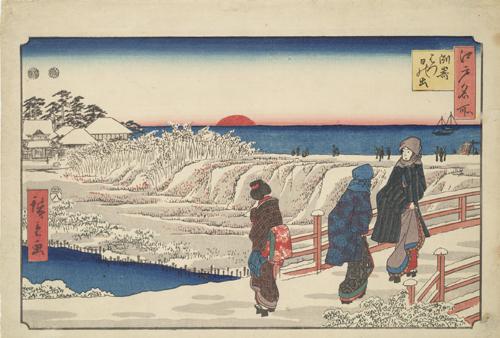NEH Summer Institute 2024 Schedule
Please note that the “Academic Schedule” provided below is subject to change, with notice.
(The complete schedule and list of readings can be accessed or downloaded below).
The project will last for two weeks, consisting of 5-6 contact hours per day, divided into morning and afternoon sessions. Participants should expect to read approximately 50 pages of material per day, consisting of both primary sources (mostly in English translation) and secondary scholarship. The Institute will be divided into two parts, each of which will last for one week.
Part I focuses primarily on the theory and practice of literary translation. Morning sessions will center on the analysis and discussion of two to three articles or book chapters dealing with historical approaches to translation and contemporary debates in the field of translation studies. These readings range from foundational essays focusing on texts from all over the world, to more targeted studies dealing specifically with the issues and challenges raised by texts in East Asian languages. Readings have been selected to emphasize not only the practice of literary translation, but also its politics and ethics: namely, translators’ choices about what and how to translate, and the impact this has on both contemporary literary ecosystems and the representation of East Asian literature and culture on the global stage. As mentioned earlier, no knowledge of any foreign language is expected or required. Diversity of perspective, experience, and opinion is a central component of the Institute, and primary texts will be prepped, glossed, and explained to ensure that all participants have equal access to discussions and activities.
Afternoon sessions will focus on hands-on experimentation with a specific case study: a poem, short prose passage, or film clip that engages the theoretical reading and asks participants to experiment with and apply the concepts discussed during the morning session. The directors have designed a series of translation exercises–ranging from creative presentations of classical poetry to the utilization of film subtitling software to edit short film clips–that will provide concrete examples for discussion and might serve as the basis for future assignments in participants’ own courses.
In Part II of the Institute, we extend the themes of the first week to consider the ways in which literary texts and ideas have circulated in premodern East Asia, and the ways in which this historical flow has been alternately studied and overlooked in the modern academy. Topics include the use and adaptation of Chinese script in premodern Japan and Korea; relations between cosmopolitan literary languages and local vernaculars; and the development of “national literatures” in the nineteenth century, and its effect on the study of transnational literatures, scripts, and genres. Part II is designed to both give Institute participants a sense of the state of the field in terms of contemporary trends in researching and teaching transnational literary cultures, and a set of questions and research agendas that will inform their own teaching and research.
In addition to on-campus discussions, the Institute will make use of the rich resources of the Phoenix area: a major metropolitan hub with a long history of Asian and Asian-American culture. Participants will take a field trip to the Phoenix Art Museum, which holds an extensive collection of painting, sculpture, and ceramics from East, Southeast, and South Asia, as well as to ASU’s on-campus art museum, which has a unique collection of Japanese woodblock prints and sculpture.
Both morning and afternoon sessions center on discussion, and all participants will have ample opportunity to share their thoughts and observations on the reading. The collegial environment of the Institute and active engagement of its participants will be further encouraged through regular participant presentations. Over the course of the two-week Institute, participants will work in pairs to make a brief presentation (approximately 15-20 minutes) on the content of an assigned article, as well as provide 2-3 potential discussion questions for the group. During the hands-on translation activities that comprise the afternoon sessions, participants will make regular informal presentations of their work, in order to maximize exposure to diverse approaches, interpretations, and engagements with the material.
Image credit: New Year’s Sunrise at Susaki. Utagawa Hiroshige, Edo meisho, 1853
